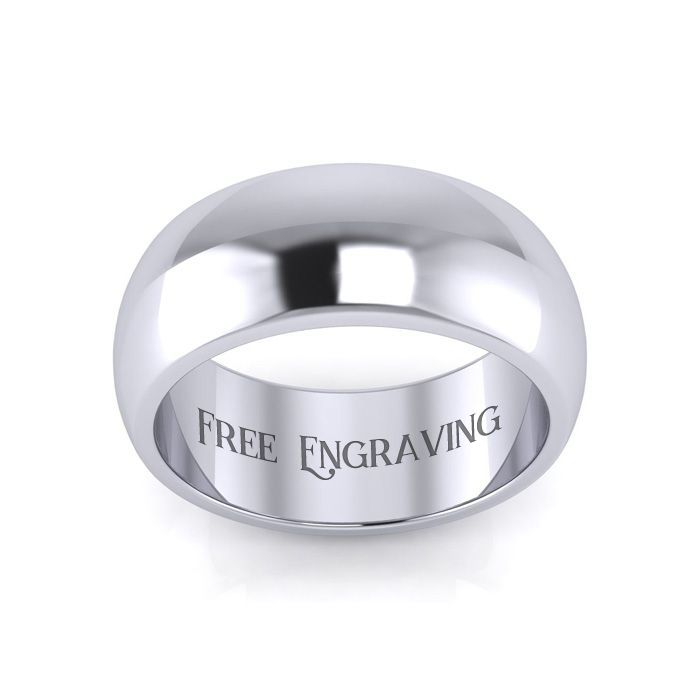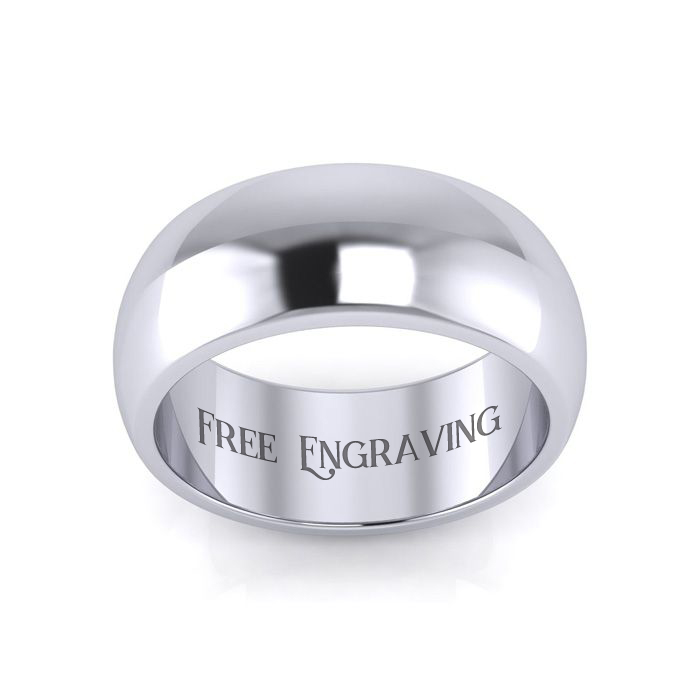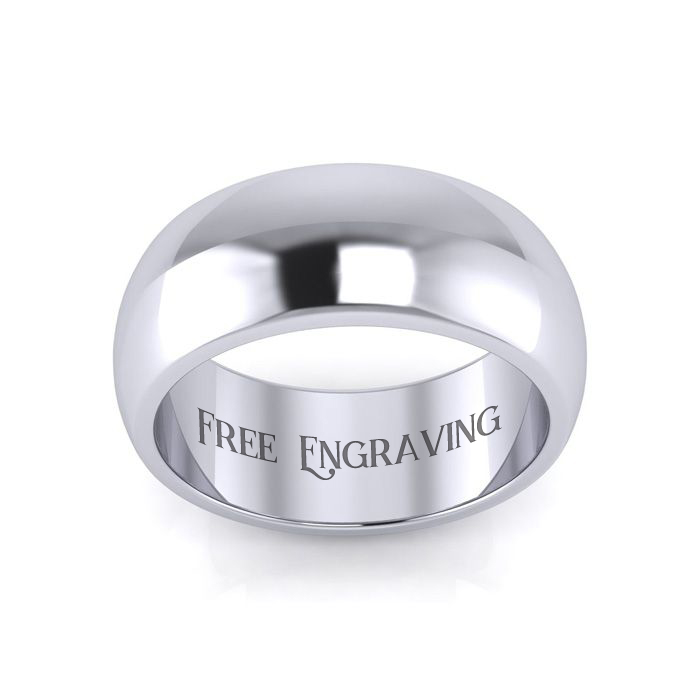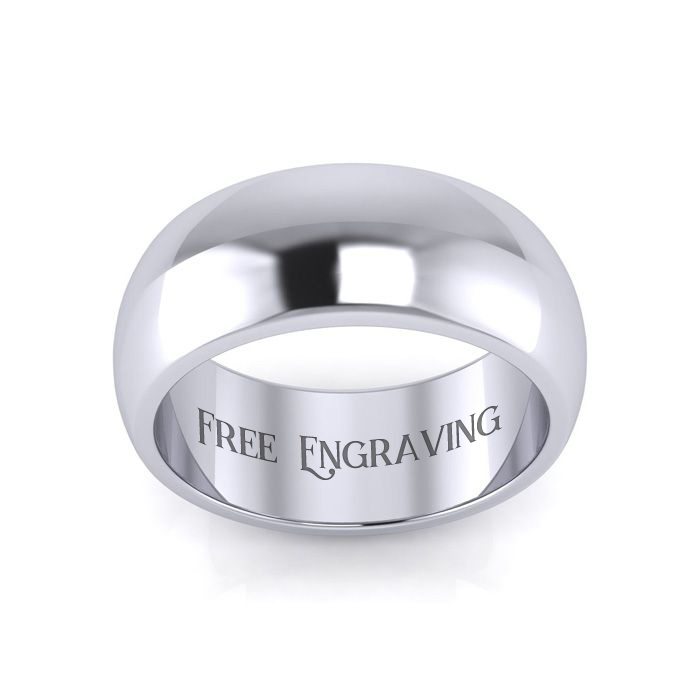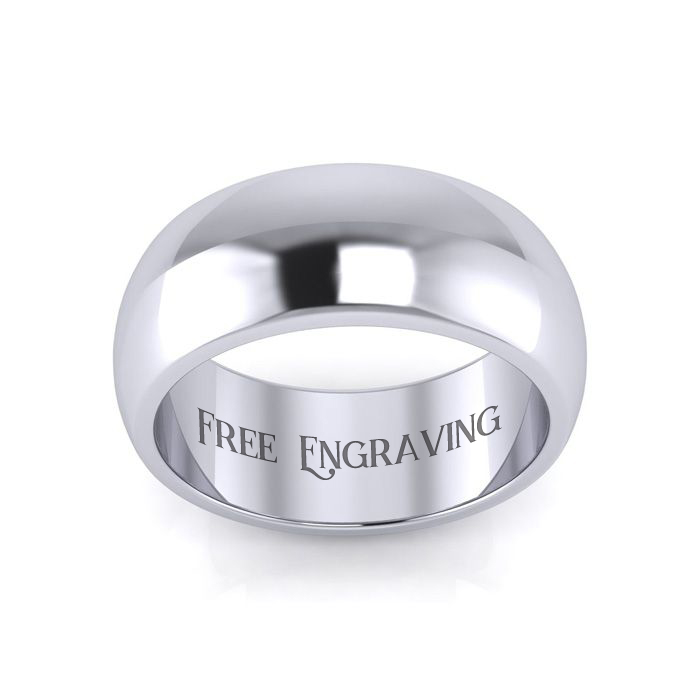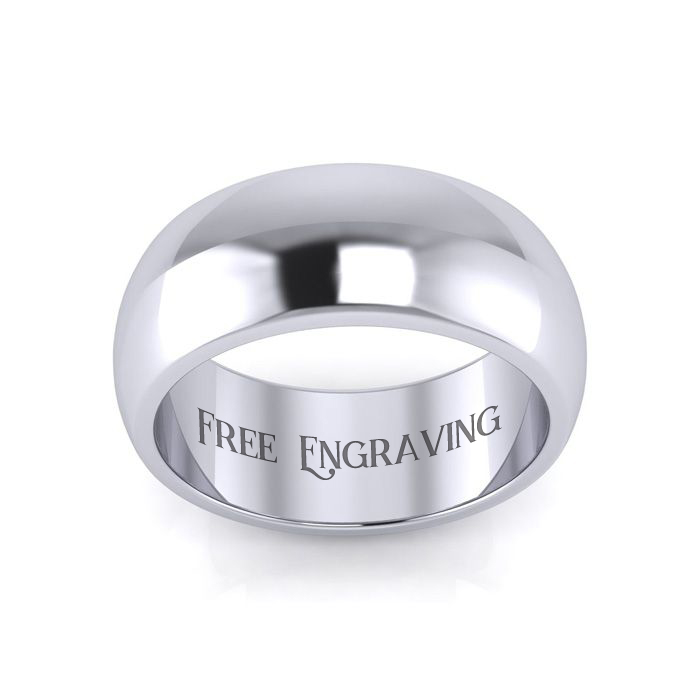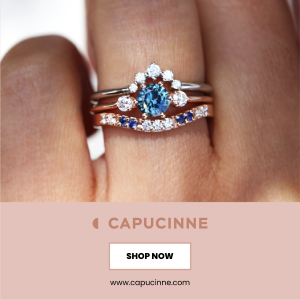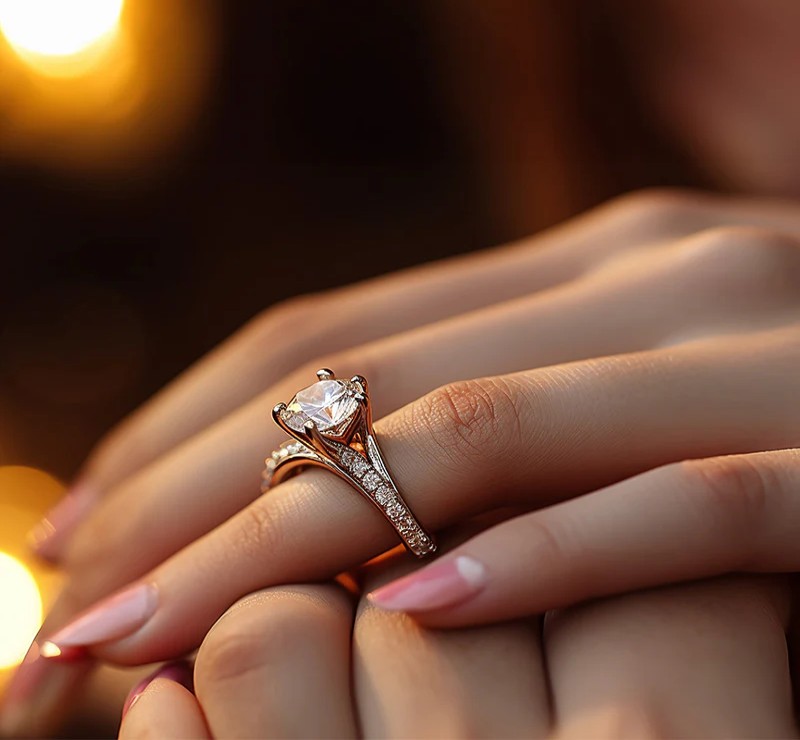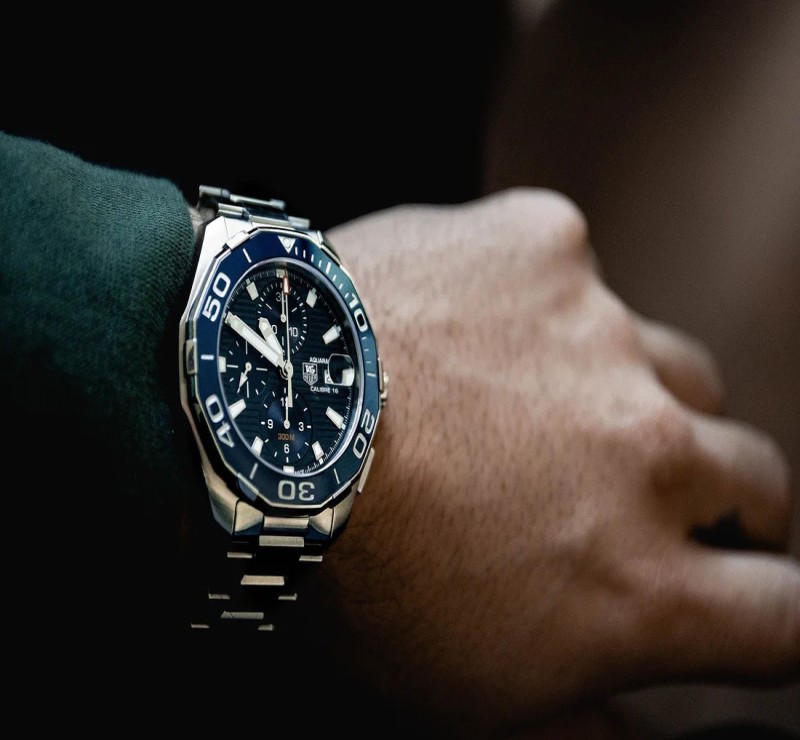
Alexandrites Gemstone Buying Guide: All you need to know
The dark green alexandrites are the most sought-after variety, and good cut specimens very seldom exceed five carats; in fact, the few stones one sees in the market are almost always small and under one carat. All you need to know about Alexandrite Gemstone Clear, unmarked stones of a good color realize very high prices from the connoisseur, for they exhibit the unique property of changing color by artificial light. All you need to know about Alexandrite Gemstone In this light, the leaf green changes to a soft raspberry red, this being due to the greater absorption of the red part of the spectrum by artificial light. Alexandrite is strongly dichroic, and in As a gemstone,
Color of Alexandrite Gemstone
Alexandrite is comparatively uncommon. Rough material is scarce, and good specimens reach a fairly high price. All you need to know about Alexandrite Gemstone Yet it is not a stone that attracts everyone, despite its many qualities which make it quite suitable to be used in jewelry. There are two varieties of Alexandrite so used, the green and brownish-green transparent stones called alexandrites; and the cloudy, grayish-yellow, cabochon cut stones which show a chatoyant effect, and which are named oriental cat's-eyes, or cymophanes. All you need to know about Alexandrite Gemstone Both varieties have striking characteristics which easily distinguish them from all other gemstones.
light the violet and yellow rays are mostly absorbed, the transmitted light is mainly composed of the red and green portions of the spectrum. All you need to know about Alexandrite Gemstone In artificial light, which is relatively stronger in the red part of the spectrum, a specimen will appear to have a pale raspberry red tint; in daylight, it will be predominantly green.
The greenish-yellow and pale yellow transparent stones are often called chrysolites, although this term is properly applied to the pale green peridot. All you need to know about Alexandrite Gemstone The two stones, which are somewhat superficially alike, may be easily distinguished by the greater hardness and the higher specific gravity and refractive indices of the Alexandrite.
In addition, with the spectroscope, alexandrites show bands of intermediate colors between those which ruby and emerald produce, while the peridot chrysolites show three evenly spaced bands in the blue-green and blue zones. All you need to know about Alexandrite Gemstone The green garnet, a similarly Colored stone, shows an intense band in the violet.
The chatoyant stones, which are always cut en cabochon to show their peculiar effect, are not transparent. In color, they are brownish-green or cloudy yellow, with a marked moving stripe which greatly resembles a cat's-eye. All you need to know about Alexandrite Gemstone The quartz cat's-eye is a somewhat similar stone, although this is often more definitely brown or green in color if not artificially stained, as well as being much softer than the cymophane. All you need to know about Alexandrite Gemstone The chatoyant effect is due to a large number of microscopically small hollow channels being included in the stone. These are arranged parallel to one another, and when the material is cut with a rounded surface parallel to these channels, the reflected light gives that moving broadband as the stone is moved, very similar in effect to a cat's-eye. All you need to know about Alexandrite Gemstone Cymophane, oriental cat's-eye, and Alexandrite cat's-eye are all names used to describe this stone.
Properties of Alexandrite Gemstone
Alexandrite is an aluminate of beryllium, and the flattened crystals, often twinned, in which it usually occurs belong to the rhombic system of crystallography. All you need to know about Alexandrite Gemstone Small amounts of ferrous oxide are sometimes included in its composition, and this is the cause of the yellowish-green shades in some stones. All you need to know about Alexandrite Gemstone All varieties are unaffected by heat or acids; specific gravity and hardness are both fairly high, 3.75 and 8i/2 respectively, while the refractive indices are 1.74-1.75. Cleavage is distinct in one direction only. All you need to know about Alexandrite Gemstone Alexandrites alone show strong dichroism, the other colors being weak or indistinct. Luster is vitreous, and small stones cut in brilliant forms make a good contrast with diamonds when suitably mounted. All you need to know about Alexandrite Gemstone Most Alexandrites are of a pale color and dark greens are rare.
Synthetic Alexandrite Gemstones
There are a number of so-called synthetic alexandrites on the market, and these are being regularly produced and mounted in jewelry. All you need to know about Alexandrite Gemstone They are not really alexandrites at all, but synthetic sapphires or synthetic spinels. Their color is usually a reddish purple, something like a reddish amethyst with a tinge of green. All you need to know about Alexandrite Gemstone The color, artificially introduced, is due to an oxide of vanadium; chromium oxide is the coloring agent in the natural stone. A synthetic spinel will have a lower specific gravity than the natural alexandrite, and it will also be singly refractive. All you need to know about Alexandrite Gemstone A synthetic sapphire will give higher readings for specific gravity and refractive indices.
Source of Alexandrite Gemstones
Ceylon is the chief source of supply of all varieties of Alexandrite, and here they are generally found as waterworn pebbles. All you need to know about Alexandrite Gemstone Fine stones are always in good demand, and certain large specimens have retained their individual ownership locally for a great many years. One, a large cat's-eye, was known for some hundreds of years before being purchased for the Hope Collection. All you need to know about Alexandrite Gemstone A fine 'chrysolite" of 43 1/4 carats, perfect in quality, was also in this collection before coming to the British Museum.
Many specimen alexandrites have been found in the Ural Mountains, but these are rare and they are highly prized by the Russians. All you need to know about Alexandrite Gemstone They were first discovered in that country by the Finnish mineralogist, Nordenschild, on April 17th, 1834, some 56 miles from Ekaterinburg (now Sverdlovsk). All you need to know about Alexandrite Gemstone This date happened to be the birthday of Tsar Alexander II, who also came of age on this day, so the stone was named after him. The two colors which the stone shows were also the national colors of the old Russian Empire. All you need to know about Alexandrite Gemstone The rough is found, with emeralds, in a mica schist, but few stones from this source find their way to the general market now. All you need to know about Alexandrite Gemstone The Krasnobolotsky fields have yielded other specimens, but rarely over one carat in weight. Moreover, the mines which provided the best stones have long been flooded by water from a neighboring river.
The Ceylonese stones are usually not of the quality of the Russian stones, but they are often larger in size. All you need to know about Alexandrite Gemstone Ceylon produces most of the cymophanes, and "chrysolites" come from Brazil (Minas Novas and Minas Gerais), Rhodesia, and the U.S.A.
All you need to know about Alexandrite Gemstone The world Alexandrite comes from the Greek and means golden beryl, while chrysolite means gold-colored stone.









